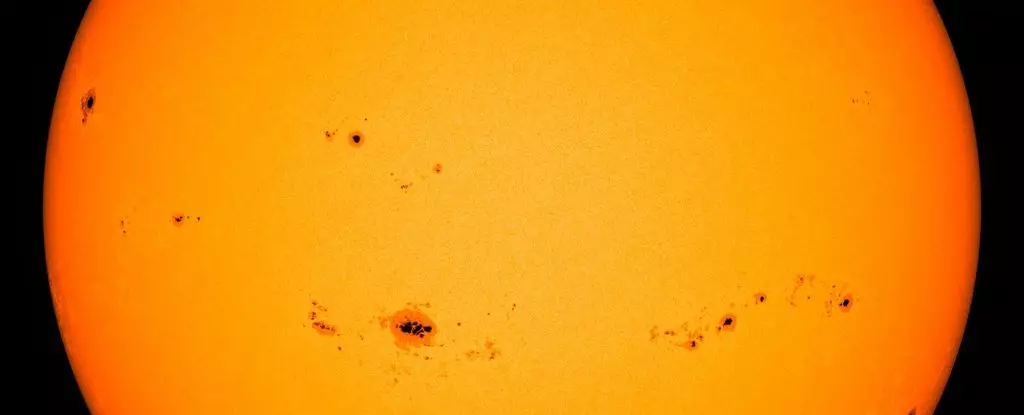As Earthlings, we sometimes take for granted the celestial forces that govern our very existence. Recently, NASA, the NOAA, and the Solar Cycle Prediction Panel have brought to light a significant development—it is now confirmed that solar maximum has commenced. This period marks the zenith of our Sun’s roughly 11-year activity cycle, a time when solar phenomena such as sunspots, solar flares, and coronal mass ejections are at their peak. This infographic of cosmic activity not only offers a spectacle for star-gazers but also impacts our technology and climate back on Earth.
Solar maximum is a stage where our solar system’s powerhouse showcases its most dramatic characteristics. Although the specifics of when the pinnacle of this solar activity will unfold remains a mystery for scientists, the announcement reveals we are likely to witness a barrage of solar events that will affect both our planet and beyond in the near future.
The Sun’s consistent presence provides life on Earth with essential energy, yet this consistency is somewhat of an illusion. Our star engages in complex cycles driven by magnetic activities within its core—a phenomenon referred to as the solar dynamo. Each cycle leads to fluctuating occurrences of sunspots, which are the telltale indicators of solar maximum and minimum phases.
While scientists understand the broader outlines of the solar cycle—about 11 years long on average—the particulars, such as timing and intensity, remain elusive. Astrophysicist Michael Wheatland reminds us of the inherent unpredictability of these cycles, stating that while duration may vary, accurately forecasting solar cycles continues to confound researchers. This ongoing puzzle is central to solar physics, underscoring the challenge of not just understanding the Sun but accurately forecasting its behavior.
The most prominent indicators of solar activity are sunspots—regions on the Sun where magnetic forces impede the flow of hot plasma, resulting in darkened areas visibly contrasting with the luminescent solar surface. During solar minimum, sunspots are sparse, while during solar maximum, they proliferate dramatically. With increased sunspot activity comes corresponding solar phenomena, including solar flares—explosive bursts of energy—and coronal mass ejections (CMEs), which eject substantial quantities of solar particles into space.
These occurrences can have varying impacts on space weather, potentially leading to communication disruptions, navigational challenges, and adverse effects on satellite operations. Furthermore, CMEs can generate geomagnetic storms as they interact with Earth’s magnetic fields, creating spectacular auroras that serve as a silver lining amidst the chaos.
The current solar cycle has garnered attention due to its unexpected strength. While forecasts from various organizations posited a less intense cycle, the reality has surprised many, including solar scientists. Notably, a record powerful flare, measured as X9.0, erupted on October 4, 2023. Although this is one of the most powerful flares recorded this cycle, it is still overshadowed by even more intense flares from previous cycles. Nonetheless, it affirms that we remain within normal solar limits.
While the strength of the current solar cycle raises concerns regarding its potential impacts, it also opens a treasure trove of opportunities for research. The discrepancies between predictions and actual observations may refine our understanding of solar dynamics and enhance the reliability of predictive models in the future.
As we navigate through this period of heightened solar activity, it’s essential to recognize the dual nature of solar phenomena—while they may pose challenges, they also provide scientists with a unique opportunity to advance our knowledge of solar dynamics. As our technology grows ever more reliant on electronics and satellite communications, the implications of space weather become increasingly significant. Therefore, we must remain vigilant and informed, ready to adapt to whatever cosmic surprises the Sun has in store for us.
While we continue to monitor the Sun and decipher its mysteries, there is much to gain from understanding solar cycles. The current solar maximum presents challenges but also remarkable insights into one of the most powerful forces influencing life on Earth. As we brace ourselves for the coming months of solar activity, let us appreciate the beauty of our shining star and the science that seeks to unravel its enigmatic nature.


Leave a Reply